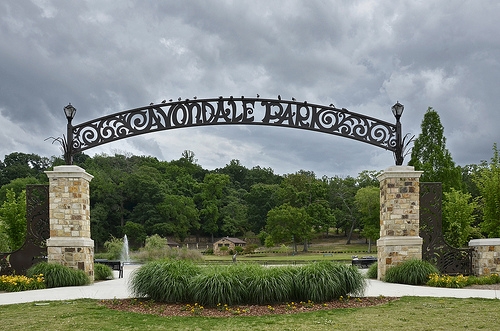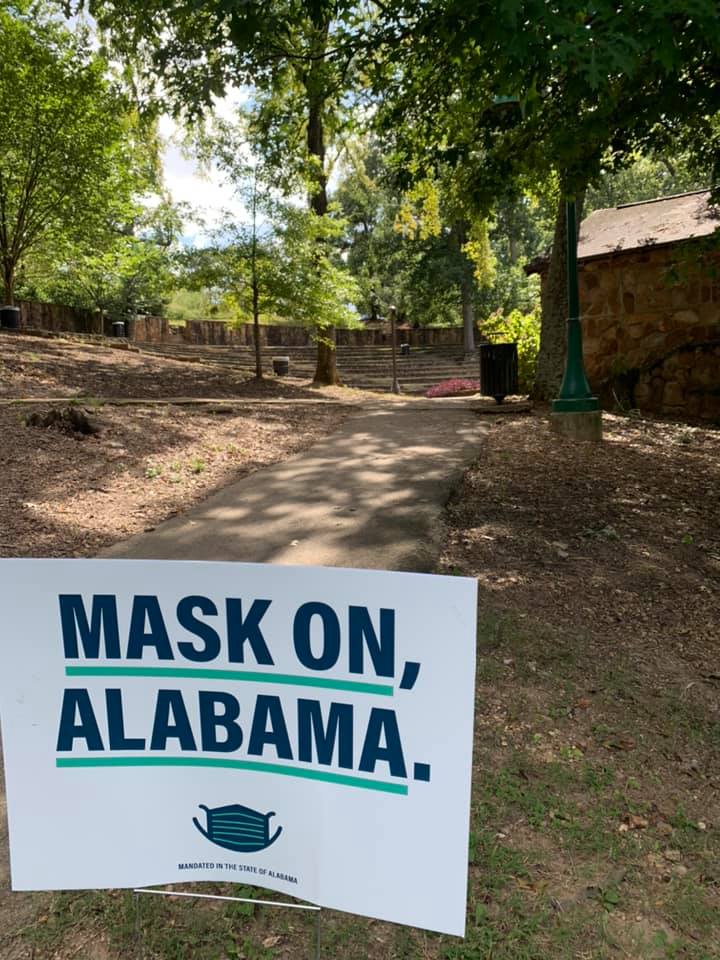Dr. Theodore Rosengarten is a writer, Professor of History at the College of Charleston, he specialized in race relations, Holocaust studies, and environmental history and consulted with museums, municipalities, public schools, colleges, and universities on projects relating to African-American history, environmental studies, and the Holocaust, since the 1970s. He is also the author of my all-time favorite book All God’s Dangers: The Life of Nate Shaw. I met Dr. Rosengarten at the event of “The Life and Legacy of Ned Cobb” in 2019, and I felt it would be very interesting to interview him. After a long time of exchange emails, I finally had a face time interview with him, which was a wonderful experience.
Q: What is your first interest in history and what made you choose to be a historian?
A: I was born and spent my first ten years, in Brooklyn, NY, the years immediately after WWII and if ever a child could feel that history was happening all around him, this was the time and place. The two big dramas I remember from childhood were 1-a flood of refugees arriving in the city, in the very apartment building where we lived, in the aftermath of the murder of the Jews in Europe. Whatever had happened had not ended emotionally for the poor survivors. The word Holocaust did not exist and it was difficult to conceptualize the mass murder of a whole people to whom I was somehow related 2-the breaking down of racial segregation in baseball which, at the time was the only major sport, that was happening three streets from where we lived, in Ebbets Field, where the Brooklyn Dodgers played (now the LA Dodgers) and where Jackie Robinson was single-handedly integrating baseball and America. The story of the Jews and story of the Negroes—the respectable term for African Americans at the time—seemed to me, as a child, to be threads of a single story that now, seventy years later, I am still trying to unravel.
And another event was the 1963 black church bombing on 60th street gave me a reason to study African-American history.
Q: I KNOW WHEN YOU FINISHED YOUR Ph.D. AT Harvard university, public history was a very new field. Do you think of yourself as a public historian?
A: Public history is a very old field that has only recently gone by that name. Cultures and societies that build memorials, that engage in cave and rock art, that preserve legacies in storytelling and song are practicing public history. To the extent that I am a public historian I am first an educator, I try to bring the power of literacy and research into the open, in writing that anyone can read, in exhibitions of historical artifacts that speak to the imagination, in classrooms, museums, and at historic sites. I think of myself as a writer, a historian, and an activist, particularly when it comes to social justice.
I think myself as a educator first, then is a historian.
Q: You’ve spent your career in and out of the university. How have you balanced academia and more public work?
A: I never tried to climb the academic ladder or sought a job with tenure. As a lifelong adjunct instructor I’ve put my time on campus 100% into teaching, formally and informally. And my time off-campus into writing and editing, political activism, public school reform, and coaching youth sports. Dragging my two sons with me at every step along the way.
Q: I loved your book All God’s Dangers, but what is your personal favorite history book?
A: All God’s Dangers is the work I live with every day, fifty-one years after meeting Ned Cobb. Which history books other than my own are my favorites? Let me name a few. Black Majority: Negroes in Colonial South Carolina, from 1670 through the Stono Rebellion (1739), by Peter Wood. Africans in Colonial Louisiana: The Development of Afro-Creole Culture in the Eighteenth-Century, by Gwendolyn Midlo Hall. Sisters and Rebels: A Struggle for the Soul of America, by Jacquelyn Dowd Hall. Throw in a handful of great European novels and you could lock me up in a room for a month with those books and bring me my meals.
Q: I noticed you have done five city projects from 1998 to 2003, can you talk about some of your experiences in those projects, and what is your role in those projects?
A: I worked on a Marion Square project in Charleston, SC, which was one of my earliest city projects. Then there was the Brooklyn Bridge Park in Brooklyn, New York, it was a beautiful urban park near the Brooklyn Bridge and East River. I was the historian on the site which gave consultation to the architect and the design firm. Most of my job was to proved research information and gave advice. I currently working on a project in The Ulma Family Museum of Poles Saving Jews in World War II in Markowa, Poland.
Q: In your long career, what is the biggest challenge or the most faced challenge?
A: The biggest challenge I have faced as a historian of race in America and the Holocaust in Europe is using what I know to help move the world in a certain direction. Practically speaking, after having some success in bringing improvements to elementary and middle school education in our majority-black rural district, I was stymied, stopped cold, trying to introduce changes to the local high school that would have allowed me to send my children there.
Q: You worked on the Governor’s school in College of Charleston for eight tears, what do you think about this summer program for the high school students, and what did you learn from teaching them?
A: The Governor’s School at the College of Charleston brought the state’s top rising high school seniors to campus for six weeks—later reduced to four—of college-level work where it was okay to be smart, creative, and contrary. Students and teachers loved the experience. We all learned so much. I learned that the great Russian writer Tolstoy was not kidding when he wrote an essay in his later years called, “Should We Teach the Children to Write or Should They teach Us?” Ending this amazing investment in human capital was a crime against the people of South Carolina.
Q: What is your opinion of the BLM and other activist calls to bring down monuments?
A: I support without reservation non-violent civil disobedience against police brutality and all racially motivated violence against black people. That, to me, is the essence of BLM. On the question of what to do about monuments that glorify the Confederacy, or are perceived as instruments and reminders of white supremacy, well, I’m not sorry to see them come down but my preferred solution would be to leave them up and raise monuments next to them that creates a dialectic and commemorate resistance.









